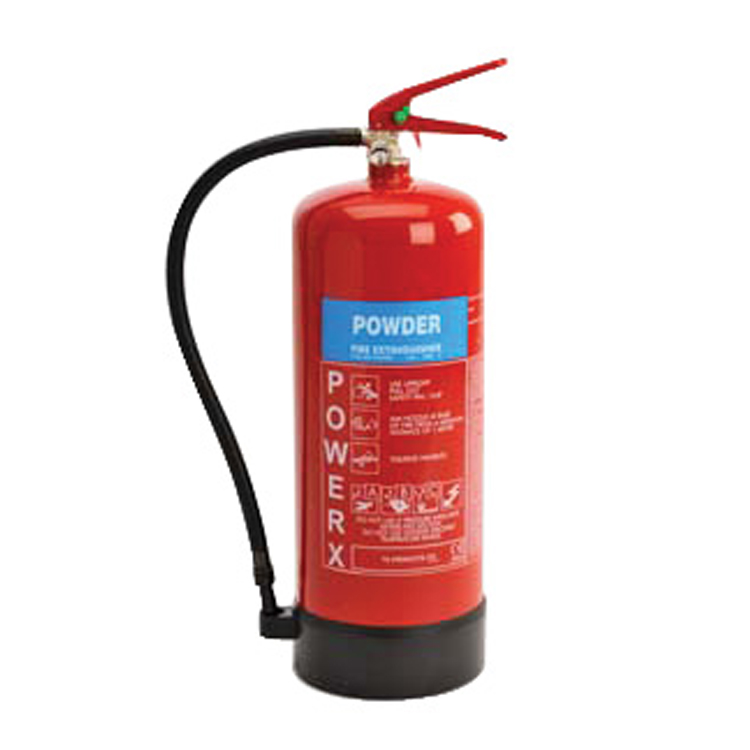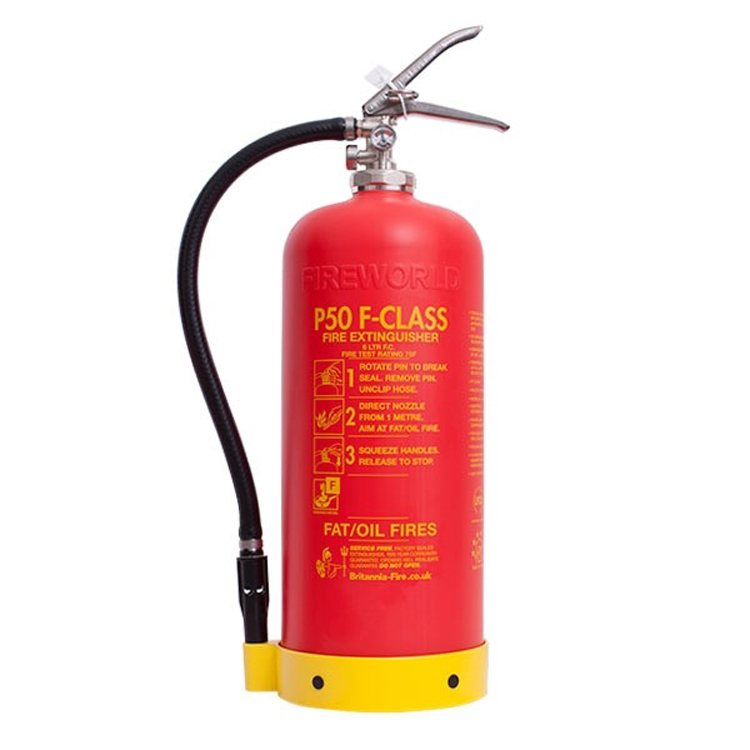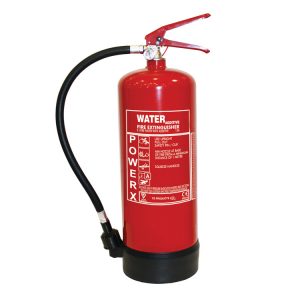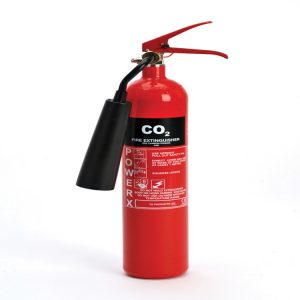Different types of fire extinguishers and their uses

Fire Extinguisher Types
For many people, a fire extinguisher is a fire extinguisher; a device that you use to put out fires. Aside from this basic fact, our knowledge of fire extinguishers can be somewhat limited – particularly in regards to the different types of fire extinguishers.
There have to be different types of fire extinguishers because there are different types of fire. In the UK, fires are organised into the following categories:
- Class A: Combustible materials fires, such as fires involving textiles, straw, or paper.
- Class B: Flammable liquid fires, such as fires involving petrol, fats, or tar.
- Class C: Flammable gas fires, such as fires involving methane, propane, or natural gas.
- Class D: Flammable metal fires, such as fires involving aluminium, metal, and potassium.
- Class F: Cooking-related fires, such as fires involving deep-fat fryers or domestic pans.
Electrical Fires: Fires involving electrical appliances and components.
Fire Extinguisher Guide
As proud fire extinguisher manufacturers in the UK, we want to ensure that you are always able to select the right fire extinguisher for the job. That’s why we have put together a guide to the different types of fire extinguishers and their uses below.
Extinguisher Type: Water
Arguably the most well-known type of extinguisher, water extinguishers can be used on Class A (combustible materials) fires. They are extremely effective in this regard, but are rather limited in their scope: for example, when using a water extinguisher, you must try and avoid electrical components, as water can act as a conductor of electricity.
Water extinguishers usually display the word “WATER” prominently in light-coloured letters on the side of the container.
Extinguisher Type: AFFF foam
Aqueous film-forming foam (AFFF) fire extinguishers are incredibly effective against two different fire classifications: Class A (combustible materials) and Class B (flammable liquids). They are particularly well-regarded for their ability to prevent a fire from reigniting, as the foam “blankets” the fire to prevent oxygen supply, while the water content acts as a coolant.
This type of extinguisher usually features the word “FOAM” in large letters on the label.
Extinguisher Type: Carbon dioxide (CO2)
Carbon dioxide extinguishers are Class B (flammable liquids) rated. They seek to prevent a supply of oxygen from reaching the fire, which should lead to the fire being extinguished relatively quickly. Carbon dioxide extinguishers can also be used on Class C (flammable gas) and are extremely effective on electrical fires, but are largely ineffective on Class A (combustible materials) fires.
While carbon dioxide extinguishers are extremely effective, it is worth noting that they can cause hypercapnia (CO2 poisoning) if used in small spaces without adequate ventilation. Users should be extremely cautious of this risk when using a CO2 extinguisher.
Extinguisher Type: ABC Powder
As you may expect, ABC powder extinguishers can be used on Class A (combustible materials), Class B (flammable liquids), and Class C (flammable gas) fires. They are also suitable for use on electric fires, though the powder may leave a residue that is harmful to electrical components. It is also worth noting that there is a risk of inhalation with these extinguishers, and it is not recommended to use ABC powder extinguishers in small, enclosed spaces.
You can usually recognise ABC powder extinguishers by their distinctive blue label.
Extinguisher type: Water mist
Water mist extinguishers are impressive “all rounders”; they are suitable for use on almost all fires, excluding Class D (flammable metal) fires. Interestingly, water mist extinguishers are also suitable for use on electrical fires, which will likely come as a surprise to most people – given that water and electricity is an infamously dangerous mix! However, this type of extinguisher has been specifically designed to be safe to use near electronics: the mist is de-ionised water so it does not conduct electricity, which makes it safe to use.
Extinguisher type: Wet chemical
This type of extinguisher was purposefully created for Class F fires; fires that involve combustible cooking materials such as fats and oils, though many wet chemical extinguishers can also be used on Class A (combustible materials) fires also. Wet chemical fire extinguishers use a special lance applicator nozzle which disperses the contents to create a barrier between the oxygen source and the fire’s fuel.
Wet chemical extinguishers are usually especially distinctive thanks to the bright yellow label on the container.
Ready to buy your Fire Extinguisher?
Having read through our fire extinguisher guide, you should have a better idea of the types of extinguishers that are available and the fires they can be used on. While fire extinguishers may seem complex, finding the right extinguisher for your needs doesn’t have to be. Simply:
- Think of the types of fire the area you are purchasing an extinguisher for is most likely to experience.
For example, a kitchen space is likely to experience Class F (cooking-related fats and oils) fires, while a barn would be more likely to experience Class A (combustible materials) fires. - Look for a fire extinguisher that matches the most likely type of fire the area will experience.
So for a kitchen, you would opt for extinguishers that can tackle Class F fires – for example, water mist or wet chemical extinguishers. For a barn, you could opt for a water, AFFF foam, water mist, or ABC powder extinguisher.
If in doubt regarding your fire extinguisher requirements, please do not hesitate to get in touch with us for further advice regarding your purchase!
Reasons Why You Should Choose Evacuator Alarms
Industry Leaders
As a family-run business, we have been the pioneers of the fire safety industry for over 20 years, supporting companies across different sectors and providing safer environments.
British Manufacturers
We make sure that our products are compliant with the industry regulations, standards and recent changes. That’s why our products are made in the UK, which ensures the best quality.
Latest Technologies
We’re all about technology and providing the most reliable models available on the market. Continuous development is what makes us stand out.
Quality
We believe in top customer service and products that exceed your expectations. That’s why we always make sure we have sound systems in place that are secure, strong and reliable.












